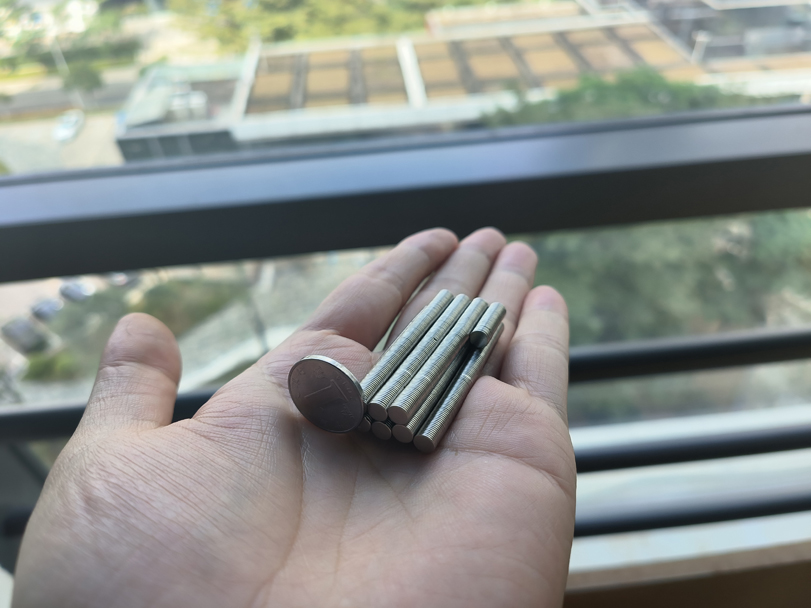Neodymium magnets in rust spot condition? Why is it so? How to solve this situation? Today neodymium magnet manufacturer Courage Magnet to introduce you to this problem.
Neodymium magnet rust spots appear the reason analysis
Under normal circumstances, the surface of the magnet has a layer of plating (of course, there are requirements of neodymium-iron-boron does not plating, some concentrator magnets do not need plating, the appearance of ferrite with the same), then there is no rust spots exist, the general emergence of the rust spots is because it has always been in the humidity is relatively high in the environment, and the working environment of the air circulation is very poor, we need to remind our friends are Magnets should be placed in those places with good ventilation with a certain temperature difference.
Furthermore, the plating time is not enough, magnet manufacturers plating is not good is also one of the causes, which belongs to the process of the problem.
In addition, airborne pollutants, such as chemicals, grease, etc., may also form a thin film on the surface of the magnet, prompting the production of rust spots.
Ultra-thin and small round rare earth neodymium magnets

When rust spots appear on the surface of NdFeB magnets, you can take some of the following methods to solve the problem effectively:
1. Clean the surface: Use a mild detergent and a soft cloth to gently wipe the surface of the magnet to remove rust spots and impurities.
2. Dry and Protect: Make sure the magnet surface stays dry. Humidity is a common cause of rust spot formation. When storing magnets, you can place moisture absorbers, such as silica gel bags, to reduce humidity.
3. Anti-corrosion coating: Apply an anti-corrosion coating to the magnet surface to prevent oxygen and moisture from coming into direct contact with the magnet. This can be achieved by using specialized anti-corrosion spray paints or coatings.
4. Grease protection: Apply a layer of anti-rust grease on the magnet surface, which can form a protective film against oxygen and moisture intrusion.
5. Regular Inspection: Regularly inspect the surface of the magnet to detect and deal with any rust spots in a timely manner. If rust spots are found, take the above measures to clean and protect them in time.
Other magnet rust problems;
 China Neodymium And Ferrite Magnets Manufacturer & Supplier
China Neodymium And Ferrite Magnets Manufacturer & Supplier 


